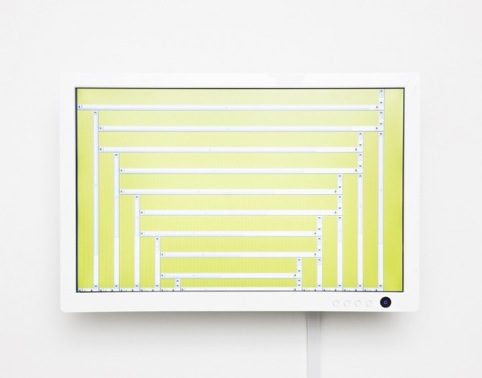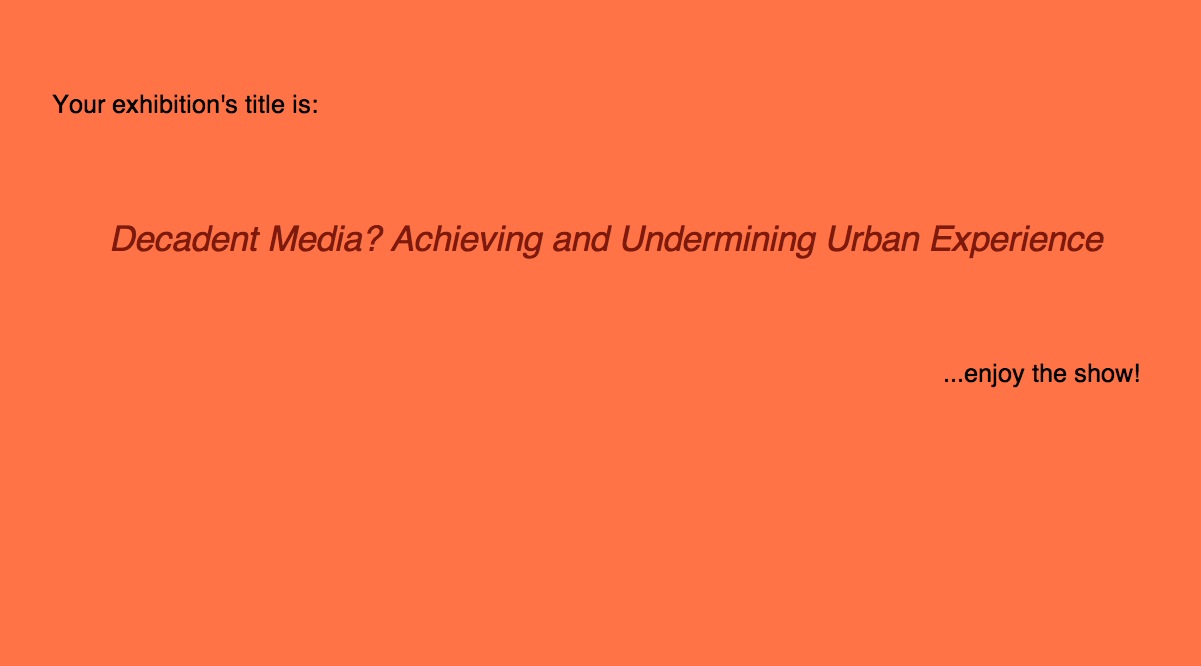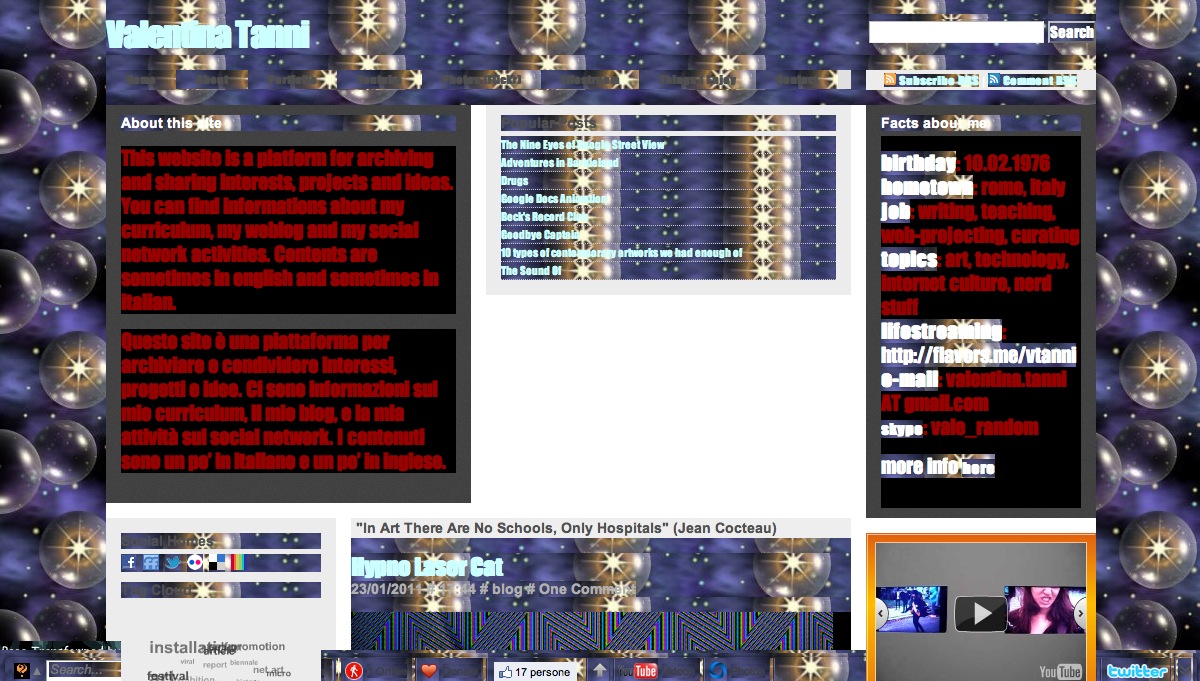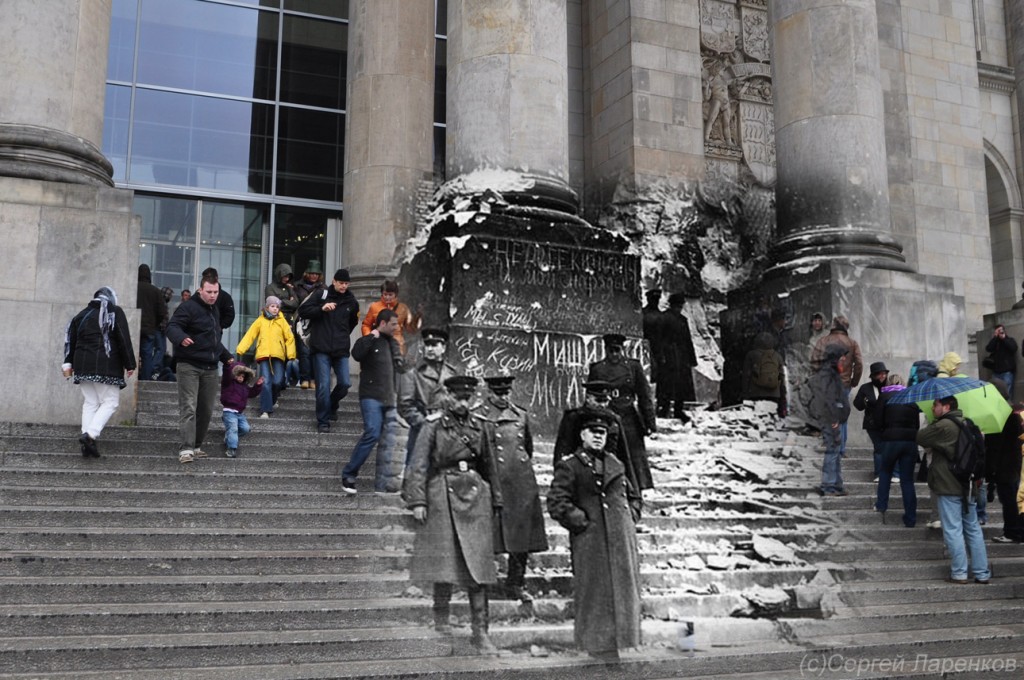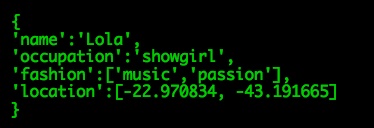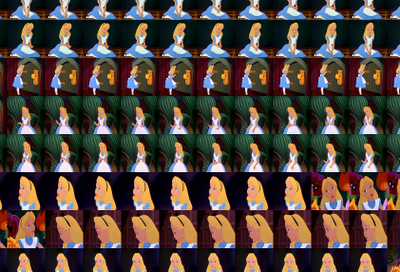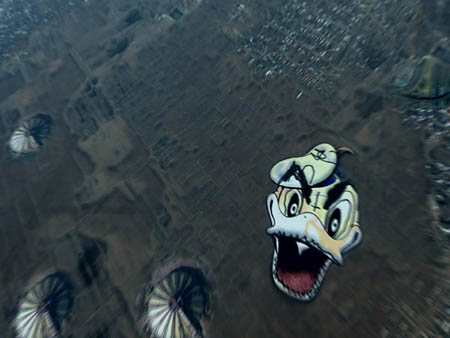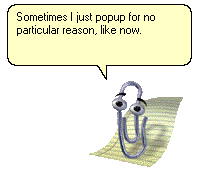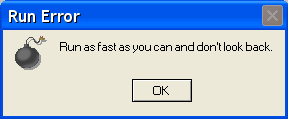
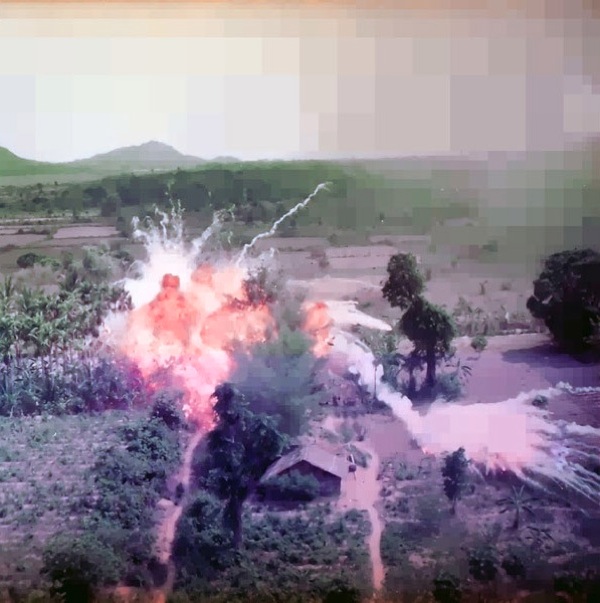
“American Pixels’ series is a pixel experiment created by Jörg M. Colberg in (2009 – 2010).
‘Image formats like jpeg (or gif) use compression algorithms to save space, while trying to retain a large fraction of the original information. A computer that creates a jpeg does not know anything about the contents of the image: It does what it is told, in a uniform manner across the image.”
(via TRIANGULATION BLOG)

